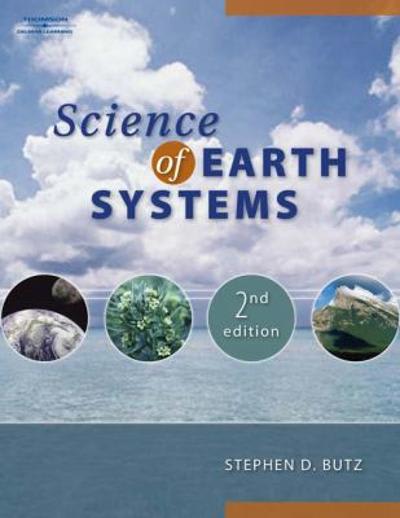Answered step by step
Verified Expert Solution
Question
1 Approved Answer
Activity 2: Locomotion and Energy-Storing Tendons [can be done at home if you run out of time] This activity is based on S.L. Lindstedt et
Activity 2: Locomotion and Energy-Storing Tendons [can be done at home if you run out of time] This activity is based on S.L. Lindstedt et al. (2013), Advances in Physiology Education 37: 377-383. Time constraints prevent this course from covering biomechanics or locomotion in any real depth. Activity 2 will give us a small taste of this area, however. Think of a rubber ball bouncing off of the ground. You probably have a sense that the ball bounces because, when it hits the ground, some of its kinetic energy (the energy of motion) gets converted to potential energy (the shape of the ball gets distorted slightly) and then gets converted back to kinetic energy (when the ball recovers elastically). In this way, some of the energy that initially set the ball in motion is recycled with each bounce by the ball's elasticity. In principle, animal locomotion could work similarly to the bouncing of the rubber ball. Our tendons are elastic, so they could be stretched by the impact of landing on the ground, and then the rebound from this stretch could aid the next "lift-off," so that we don't have to add as much "new" energy. But is this recycling
Step by Step Solution
There are 3 Steps involved in it
Step: 1

Get Instant Access to Expert-Tailored Solutions
See step-by-step solutions with expert insights and AI powered tools for academic success
Step: 2

Step: 3

Ace Your Homework with AI
Get the answers you need in no time with our AI-driven, step-by-step assistance
Get Started


